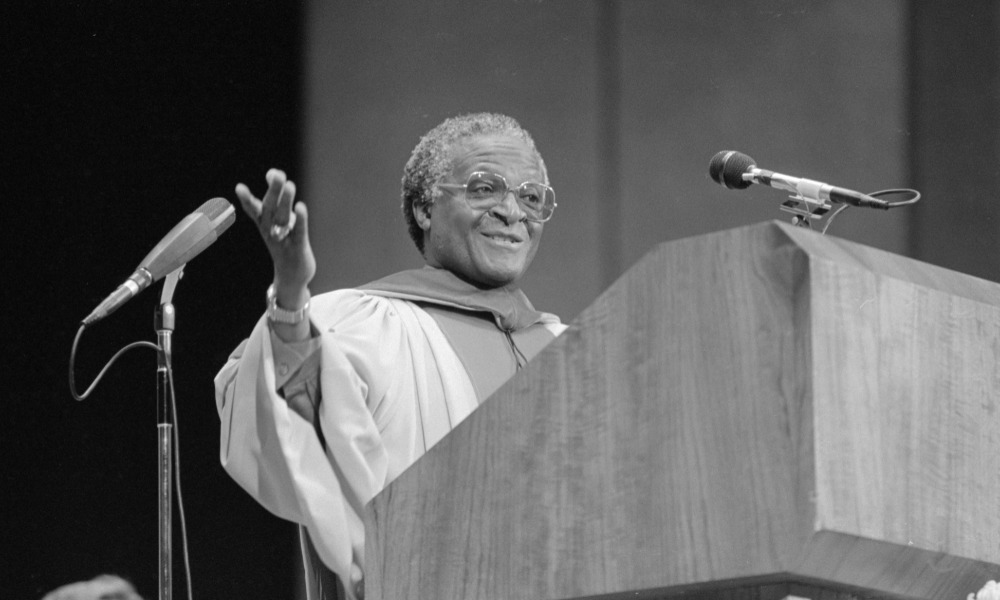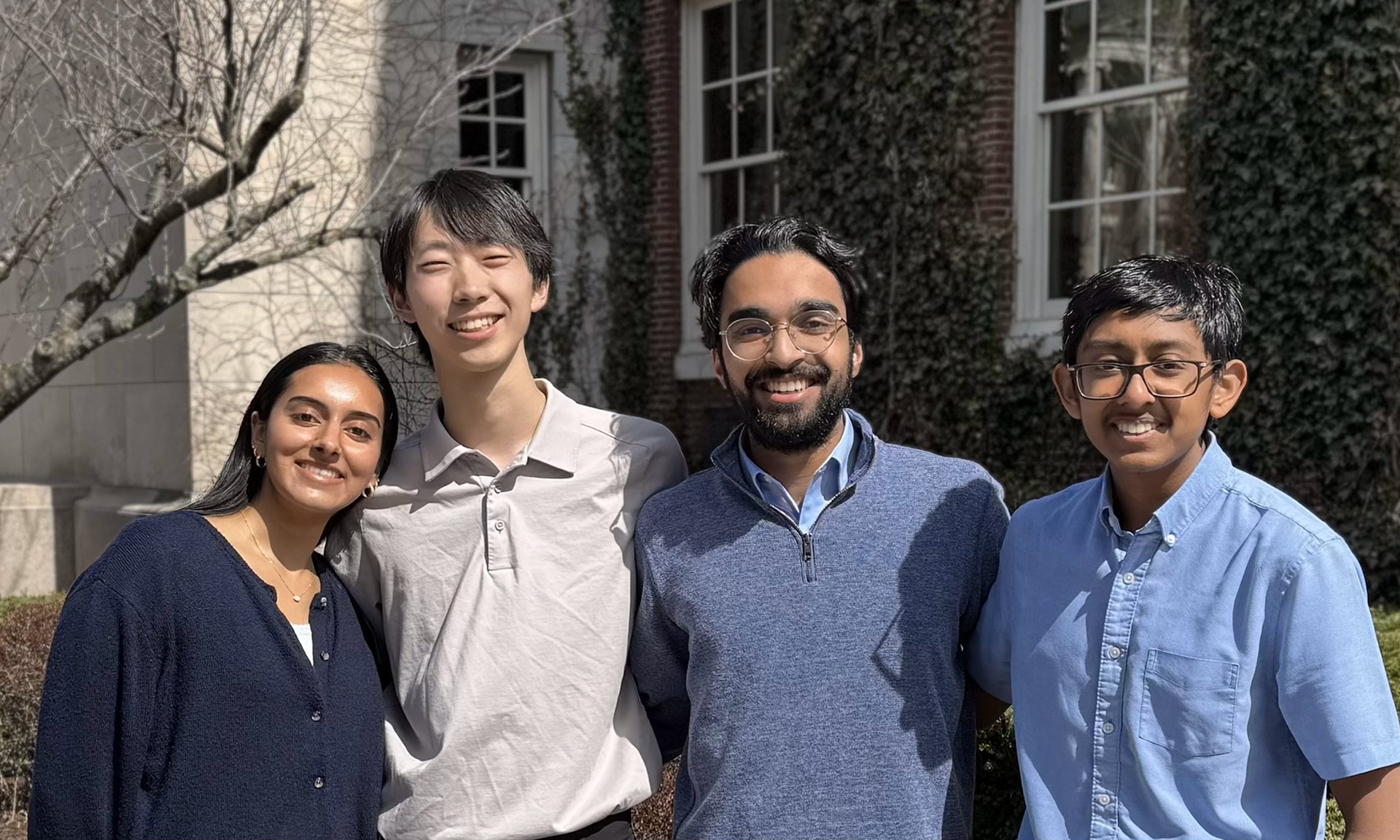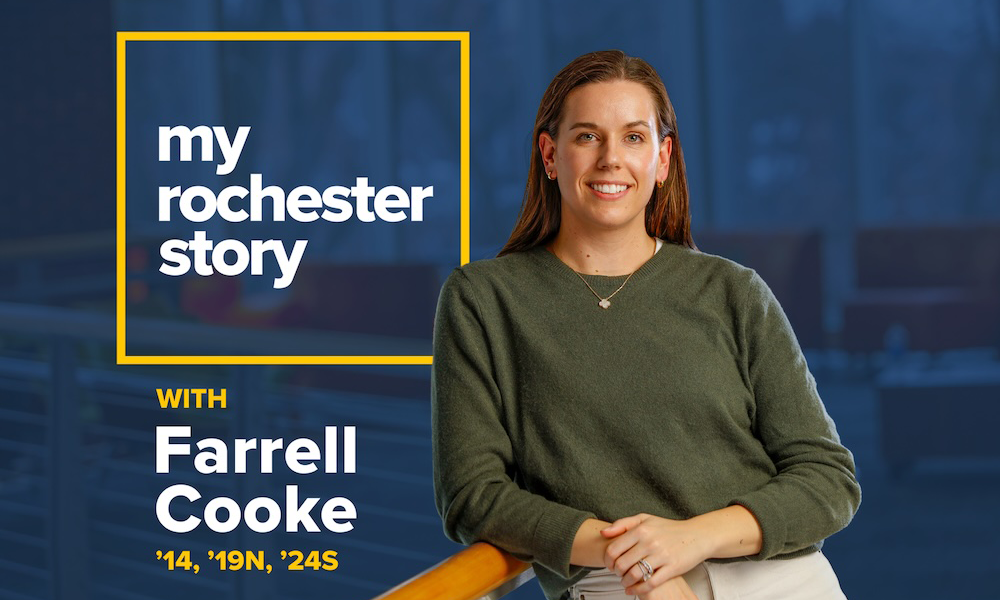A collection that includes hundreds of recordings makes it possible to ‘attend’ University of Rochester events from the 1920s to the present.
Commencement speeches are similar to wedding speeches in that the bar for “good,” let alone “excellent,” is almost impossibly high. As a result, most are quickly forgotten. Yet, author, NPR critic, and Emerson College professor Tim Riley ʼ85E (MM) was fortunate enough to hear two memorable speeches at the same commencement—both at the University of Rochester when graduating from the Eastman School of Music.
Silent Sounds, Invisible Images: Reanimating the University’s Recorded History
The history of Rochester is not only found in texts and photographs. It speaks and moves. It marches, sings, performs, inaugurates, and commences. This exhibition puts it on display in audio and visual recordings from the 1920s to the present.
- Visit the exhibit in person through July 31, 2023.
- Experience the exhibit online.
Attendees of Rochester’s 1985 commencement ceremony enjoyed a lineup of speakers that included Nobel Peace Prize–winner Archbishop Desmond Tutu, Grammy Award–winner Chuck Mangione, groundbreaking anthropologist Elizabeth Colson, and then-Governor of New York State Mario Cuomo. But in the end, Riley left with the words of Tutu and Cuomo reverberating in his head.
Riley found the speeches by Tutu and Cuomo so thoroughly memorable and affecting that in May, almost 40 years later, he contacted Rochester’s alumni office in search of recordings. Lingering effects of the pandemic, the current state of political discourse, and seeing his sons have their graduations had him reflecting on that point in his life.
“I remember feeling like the world was in a perilous place the day I got my master’s degree,” says Riley. “Hearing both of those really interesting, prominent moral leaders of our time was incredibly moving and meaningful, and they held out a kind of hope beyond us.”
Eventually, Riley’s inquiry made its way to Melissa Mead, the John M. and Barbara Keil University Archivist and Rochester Collections Librarian, who was happy to share digitized, isolated clips of the speeches. Mead has since made it easier for people to experience or revisit the University’s past with a new University Archives exhibition.
Rochester’s history in sights and sounds
In Silent Sounds, Invisible Images, various media formats are used to reanimate the University’s recorded history. The exhibit, which has a physical presence in Rush Rhees Library’s Great Hall, brings Rochester’s past to life through audio and video recordings from occasions as grand as a commencement or inauguration, to everyday moments like WRUR station identifications.
The idea for the exhibit was not a product of inspiration as much as a request. Since 2015, Ming-Lun Lee, an associate professor of electrical and computer engineering at Rochester, has brought his students into the Department of Rare Books, Special Collections, and Preservation for his audio music engineering course Revolutions in Sound. In a session on obsolete media (think Super-8 film and Betacam), Mead had pulled and displayed close to 40 different audio and video formats from collections across the University. “Ming-Lun looked at all the materials and said, ‘You know, you should do an exhibit,’” she remembers.
But building the display was easier in theory than in execution.
Silent Sounds, Invisible Images is the first exhibit of its kind for the University of Rochester Libraries. “It was quite complex,” says Mead. “You can’t just put a 16-inch LP in a case and walk away. The whole point is to make these silent objects speak. So, anything with sound and video needs to be captioned, and if it’s just audio, it needs to be transcribed.”
The first step—digitizing the materials—was already taken. For the last 20 years, Mead and her colleagues have overseen the digitization process, which has itself evolved as technologies have changed and improved. Many of the challenges came later when it was time to select the formats and content to display and creating a companion website that links the physical exhibit to the recordings via QR codes.
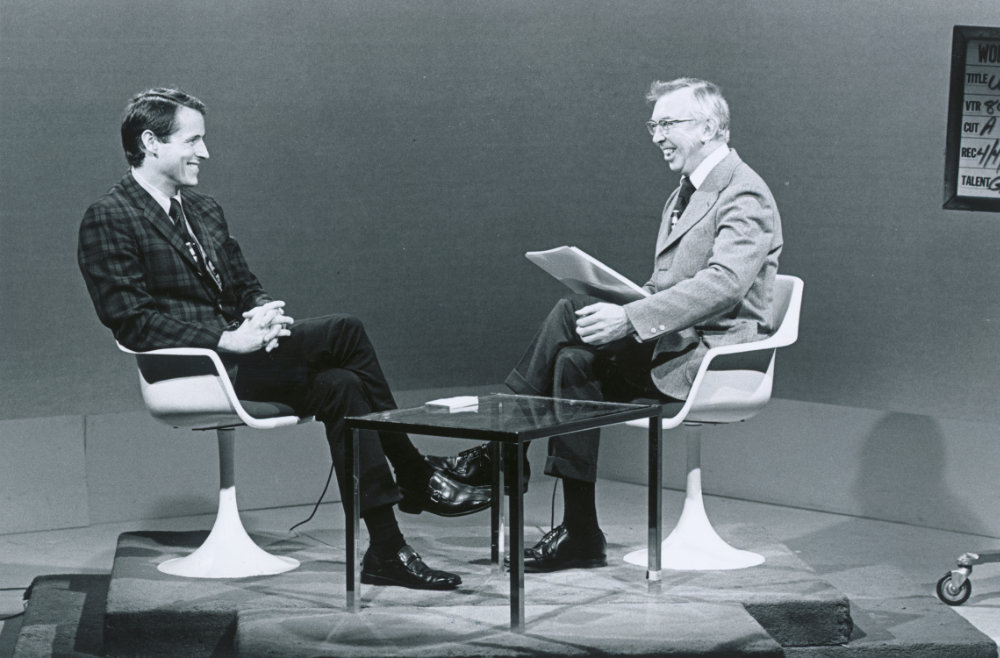
Additionally, preserving all this recorded history takes funding. Since 2005, support has been provided by the University and River Campus Libraries, the New York State Department of Education Conservation and Preservation Program, donors to the Living History Project for Oral History, and the John M. and Barbara Keil Endowment Fund.
“This is a different way to explore our past,” Mead says. “Our exhibits are always a way for us to say, ‘Look at all this amazing history in our archives.’ Fortunately, the technology is available to make it possible.”
Recommended recordings
Silent Sounds, Invisible Images has a lot to offer, not only in its variety but also in duration—some recordings are more than an hour long. So, consider these perspectives from curator Mead and alumnus Riley when choosing a starting point.
Video only
“Building the River Campus”
Length: 50 minutes
The River Campus’s construction from 1927 to 1930 was captured on two reels of 16mm film. Work was extensively captured in photographs, but the footage—including aerial scenes and the dedication—offers a greater sense of what it was like to be part of that project.
“It’s silent footage, but it’s fantastic,” says Mead. “Of course, you see the campus grounds being dug up and buildings being constructed. You also see what the campus looked like when it opened and how raw, but also how wonderful and open it was.”

Audio only
“The Douglass Lectures”
Length: 180–270 minutes
In 1967, the University commemorated the 150th anniversary of Frederick Douglass’s birth with a lecture series. There are eight lectures from Black men who were leaders in their fields. Each lecture is about an hour and a half, so this is a serious (but worthwhile) time commitment. Mead highly recommends listening to all eight, but for those who only want to listen to a couple, she suggests the recordings of historian John Hope Franklin and Whitney Young, a civil rights leader and head of the National Urban League.
“I’m just blown away by these,” says Mead of the lectures. “These men are among the top high-fliers, high-achievers of their time. The series was intended as a venue for them to share their stories and the challenges and obstacles they faced and how they overcame them, went around them, and went through them. I’d love to hear from anyone who attended the lectures.”
Video and audio
“A Giant Leap for Meliora-Kind”
Length: 28 minutes
Don Lyon, who joined the University in 1952 as the director of television and radio, created a biweekly program called “University Open House” to bring Rochester’s people and research to the community. One of Lyon’s guests was astronaut Ed Gibson ʼ59, a member of the Skylab 3 crew, who had just completed the longest mission in space.
“It starts with this great line from Gibson, where he’s defining the mission’s objective,” Mead says. “He says it was to ‘Look up. Look down. And look within.’ And it’s interesting to think about that perspective along with the audience because it was the first time the footage from space was being broadcast anywhere.”
“Best. Commencement. Addresses. Ever.”
Length: 32 minutes
While the exhibit touts all four addresses of the 1985 Commencement ceremony, the time length noted here refers to the duration of the speeches given by Tutu (9 minutes) and Cuomo (23 minutes). What’s important to note about this particular commencement is that South Africa was still under Apartheid, giving additional weight to Tutu’s presence on campus.
“We felt like we had won the lottery,” says Riley. “We were all aware of the unresolved conflict and trauma in his country. So, to have this world-class figure come to our institution, at that time, was very meaningful, and we felt very flattered.”
Locally, Cuomo was also a prominent figure whose charisma, political savvy, and talent as a speaker were all on display.
“Whatever that X-factor is, he had it,” says Riley on Cuomo, “and it was manifest that day. It was clearly not a speech he was giving 100 times a week. It was a speech for this particular event. And you felt elevated by his presence. That was the best possible kind of commencement speech.”
Read more
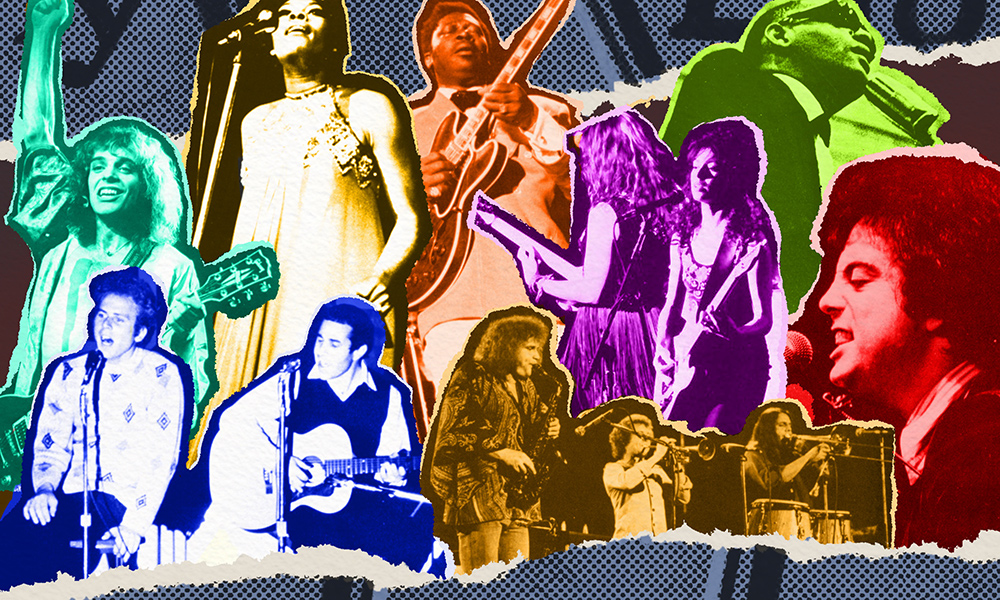 Rockin’ and rollin’ at the Palestra
Rockin’ and rollin’ at the Palestra
Musical giants from Simon & Garfunkel, Ray Charles, and the Grateful Dead to Bonnie Raitt and Bruce Springsteen have played at Rochester’s iconic gymnasium.
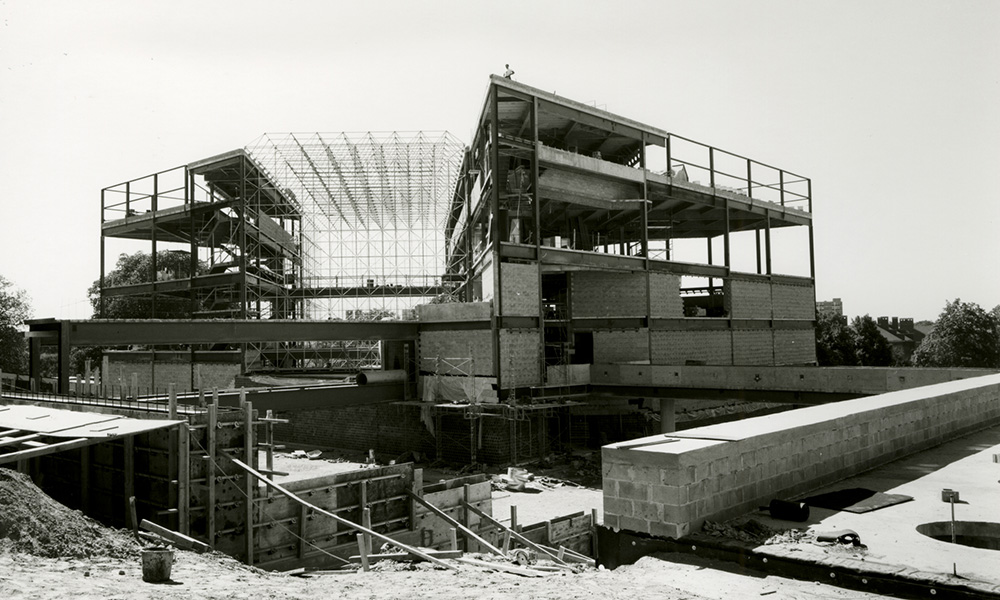 Wilson Commons, designed by I.M. Pei, remains a centerpiece of campus life
Wilson Commons, designed by I.M. Pei, remains a centerpiece of campus life
Over several decades, Wilson Commons has become a place to study, eat, dance, play billiards or violin, put out a newspaper, and even stage a student protest or two.
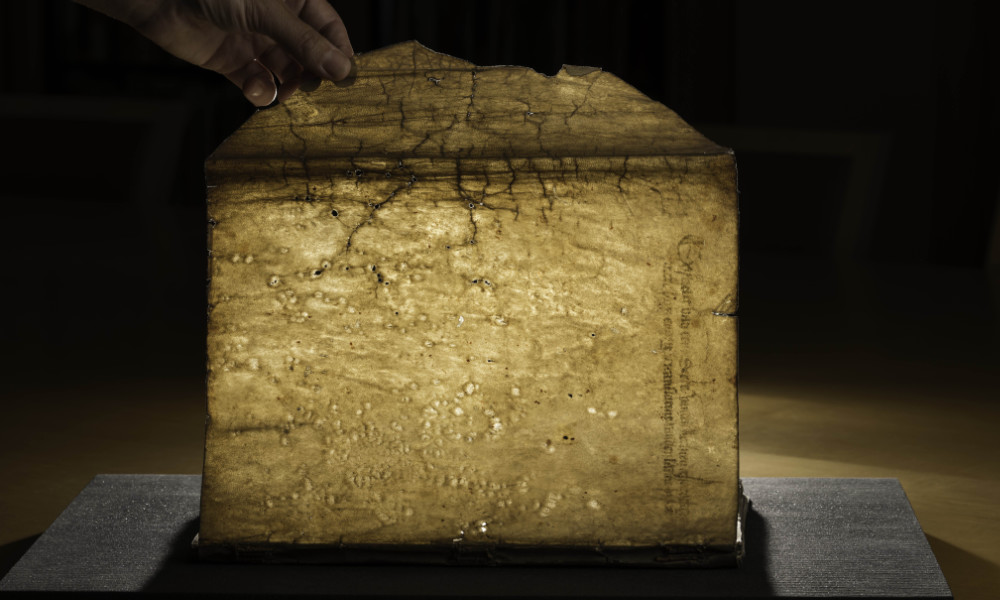 Wormholes and stains add to backstory of medieval manuscript’s acquisition
Wormholes and stains add to backstory of medieval manuscript’s acquisition
The 700-year-old manuscript is the first in a new University of Rochester library collection that honors historian Richard Kaeuper.

